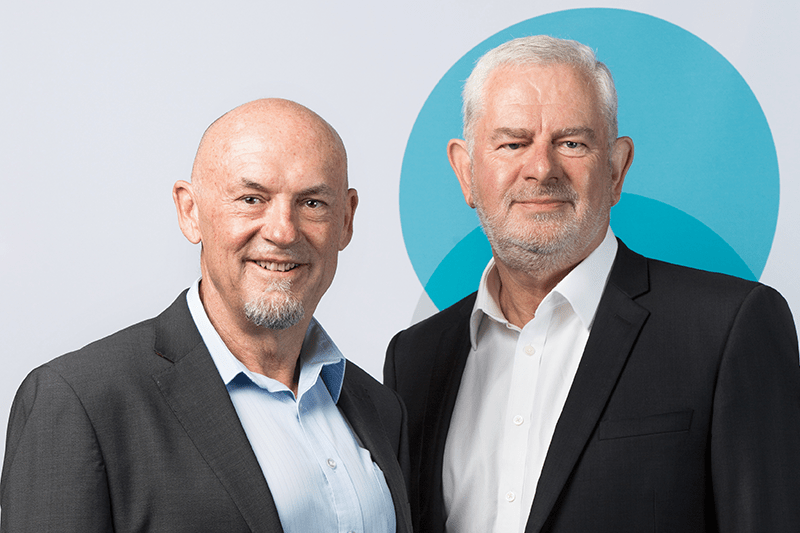By Peter Kelly on 14 December 2018
As we approach another Christmas, perhaps it is time to reflect on those members of our community that are doing it tough. Sadly, the number of older Australians affected by housing affordability in on the increase.
Quite recently COTA NSW released a report into research they conducted in relation to the housing predicament affecting older Australians in New South Wales.
Even though the report is specific to NSW, the findings are probably representative throughout Australia.
The report titled “Debt, rent and homelessness: An insecure future” addresses an increasing group of people spending unsustainable amounts on rent or still paying off a mortgage.
In fact, the report quoted the ABS Census Data from 2016 where it was revealed that 55% of Australians aged between 50 and 59, 27% of those aged 60 to 69, and 19% of people aged 70 and older, who owned their own home still had a mortgage.
Of those older Australians that still have a mortgage, a significant portion saw themselves as never paying it off. And, of those in this situation that never expect to pay off their mortgage, the highest proportion that have retired are relying on superannuation or government benefits (e.g. the age pension) to service their repayments.
While owning our own home, even with a mortgage, provides some security of tenure, approximately 15% of Australians aged 50 and older are renting. Many older Australians on low incomes are finding it increasingly difficult to find suitable accommodation at an affordable price.
Non-homeowning retirees whose only source of income is the age pension, finding affordable accommodation is extremely challenging, particularly when living in a capital city. Even if they manage to pick up the maximum rental assistance payment of $135.80 per fortnight, it is not going to deliver a great deal of comfort in today’s rental market.
The financial stress arising from housing affordability cannot be underestimated.
So why are an increasing number of older Australians affected by this housing dilemma?
Those of us who are baby-boomers grew up in a world of easy credit where we the temptation to increase our borrowings was actively encouraged by lenders. This allowed us to satisfy our demand for bigger and better houses, and borrowings for cars, boats, holidays and other lifestyle assets. But without a plan to actively pay off our debt, the problem compounded.
One of the more recent trends, which hasn’t helped older Australians kick the debt habit, is borrowing in order to on-lend money to our kids for a deposit for their own home. Admittedly, rapidly rising house prices on the Eastern seaboard have kept many younger people out of the housing market and as result, parents may feel the urge to help out.
Now, in most cases, the children who have been beneficiaries of these loans from their parents have every intention of repaying their parents but, at what cost?
Imagine this – the kids want to buy a home but have little or no deposit. They approach a bank that will lend 80% of the purchase price. Their loan affordability is based on their capacity to repay a loan based on 80% of the purchase price. Mum and Dad then borrow against the equity in the home and lend the deposit to their child. However, when saddled with the costs of everyday living and making repayments on their bank loan, will the kids have the financial capacity to actually repay their parents?
Perhaps encouraging our kids to borrow to this extent will not do them any favours in the long term.
As we draw towards the end of another year let’s take some time to think of those saddled with financial burdens and living in less than desirable conditions.
At the same time, some thought should be given to our own financial position and what steps we should be taking to get rid of debt and living a life of financial freedom.



comments